False firemouth cichlid - Amphilophus robertsoni
Scientific name: Amphilophus robertsoni
Common name: False firemouth cichlid
Family: Cichlidae
Usual size in fish tanks: 16 - 19 cm (6.3 - 7.48 inch)
014
Recommended pH range: 7.2 - 8
Recommended water hardness: 10 - 18°N (178.57 - 321.43ppm)
0°C 32°F30°C 86°F
Recommended temperature range: 23 - 27 °C (73.4 - 80.6°F)
The way how these fish reproduce: Spawning
Where the species comes from: Central America
Temperament to its own species: peaceful
Temperament toward other fish species: peaceful
Usual place in the tank: Middle levels
Origin
The False firemouth cichlid can be found in Central America, namely Mexico where it inhabits the local rivers and streams.
Short description
The False firemouth cichlid can be found under a number of different common names such as the Turquoise cichlid and Robertson’s cichlid. They are quite peaceful compared to some of the other similar sized cichlids but they can become very territorial at spawning times. Their Latin name is Amphilophus robertsoni and they belong to the order of perciformes.
Adult specimens can reach a size of up to 9 inches so they do require a larger aquarium to keep them successfully so bear this in mind if you are considering housing them. The main body colouration that they display contains blue, yellow and purple pigments, as they mature they develop dark vertical bars.
The False firemouth cichlid is not readily available in most aquatic stores so expect to pay higher prices for this fish, it is surprising that they are not more popular with their vivid markings but this could be due to the difficulty experienced in breeding these in captivity.
They are classed as eartheaters due to their habit of feeding from the bottom of the aquarium, sifting through the substrate for morsels.
Lifespan
If cared for correctly the average lifespan for the False firemouth cichlid is approximately 9 years.
General care
These fish can be housed with other cichlids of a similar peaceful nature but ensure that all of the fish have plenty of swimming space. The minimum size of aquarium should be at least 30 gallons for a small number of specimens but if keeping more fish then increase the aquarium size accordingly. They prefer to inhabit the middle to lower levels especially at feeding time so keeping them with species that prefer the higher levels will give them more space. The water temperature should range between 23-27°C (73-81°F) and the pH should range between 7.2-8.0. As expected these cichlids are high waste producers so ensure that the filtration system is rated for the water volume and back this up with regular water changes of at least 10% weekly.
Sand should be used for the substrate and add rocks or wood to provide hiding places, this will make the fish feel more secure.
Plants can be added to the aquarium but the False firemouth cichlid may uproot some of these while they are searching for food in the substrate.
Feeding
The False firemouth cichlid is classed as an omnivorous species so should accept all foods offered. Use a commercial flake or pellet for the staple diet but this should be varied with meals consisting of meaty foods such as brine shrimp, chopped earthworms or bloodworms. Extra vegetable matter can be supplied by offering blanched peas, spirulina flake or nori.
Sexing
Mature males tend to grow larger compared to mature females and they will display a brighter colouration.
Breeding
The False firemouth cichlid is a difficult species to breed in the aquarium however it has been achieved on a few occasions. They are a substrate spawner and both parents will show parental care to the brood. The main problems with a breeding project involves acquiring a breeding pair as aggression will be shown by more than one male housed in the same aquarium. If you are lucky enough to obtain a breeding pair then a separate breeding tank is advised to control any form of aggression. The eggs will be deposited in the substrate and after 48 hours they should hatch but the fry will not require feeding until they are free swimming as they will consume their yolk sacs initially. At this stage they can be fed on newly hatched brine shrimp.
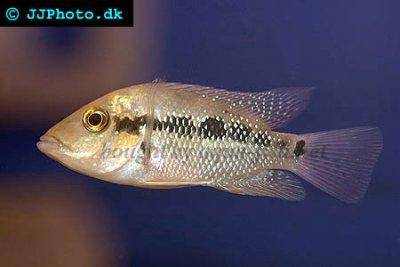


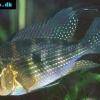 Thread-finned
Thread-finned 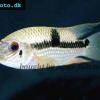 Acara
Acara 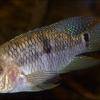 Yellow
Yellow 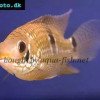 Patrick's
Patrick's 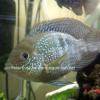 Blue
Blue 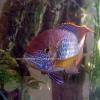 Green
Green 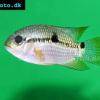 Acara
Acara 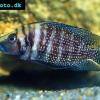 White
White 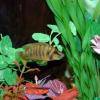 Compressed
Compressed 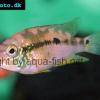 Pastel
Pastel 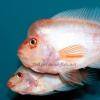 Midas
Midas 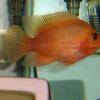 Red
Red 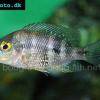 Bluemouth
Bluemouth 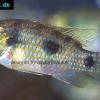 African
African 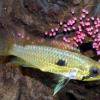 Agassiz's
Agassiz's 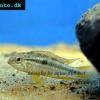 Banded
Banded 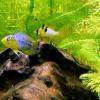 Yellow
Yellow 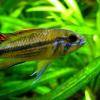 Cockatoo
Cockatoo 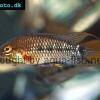 Blue
Blue 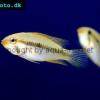 Blackstripe
Blackstripe 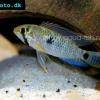 Highfin
Highfin 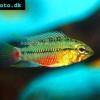 Redstripe
Redstripe 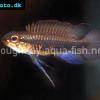 Threadfinned
Threadfinned 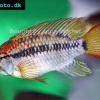 Macmaster’s
Macmaster’s 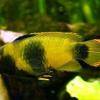 Panda
Panda 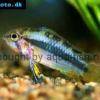 Norbert’s
Norbert’s 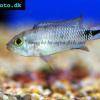 Blue
Blue 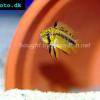 Thin-line
Thin-line 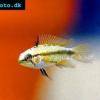 Three-striped
Three-striped 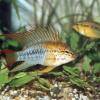 Viejita
Viejita 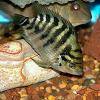 Flier
Flier 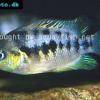 Archocentrus
Archocentrus 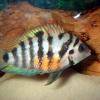 Convict
Convict 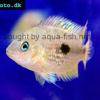 Seven
Seven 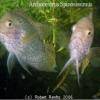 Spiny
Spiny 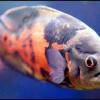 Oscar
Oscar 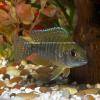 Sunshine
Sunshine 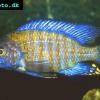 Chitande
Chitande 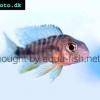 Firebird
Firebird 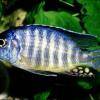 Midnight
Midnight 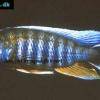 Lake
Lake 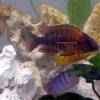 Sunshine
Sunshine 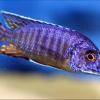 Aulonocara
Aulonocara 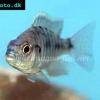 Nyasa
Nyasa 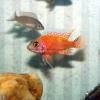 Ruby
Ruby 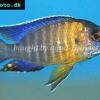 Grants
Grants 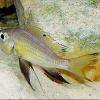 Aulonocranus
Aulonocranus 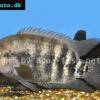 Chameleon
Chameleon 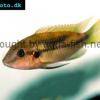 Benitochromis
Benitochromis 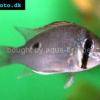 Orinoco
Orinoco 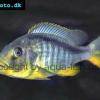 Yellow
Yellow 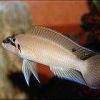 Brichard’s
Brichard’s 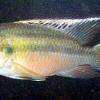 Guenther’s
Guenther’s 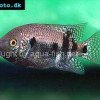 Southern
Southern 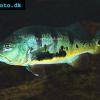 Cichla
Cichla 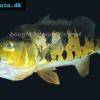 Peacock
Peacock 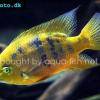 Chiseltooth
Chiseltooth 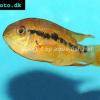 Bolivian
Bolivian 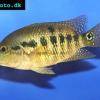 Red
Red 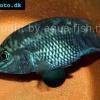 Many-pointed
Many-pointed 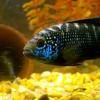 Jack
Jack 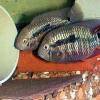 Red
Red 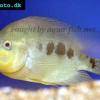 Three
Three 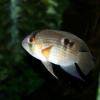 Keyhole
Keyhole 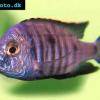 Azureus
Azureus 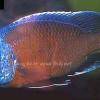 Red
Red 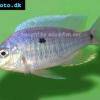 Jackson’s
Jackson’s 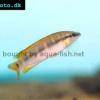 Crenicichla
Crenicichla 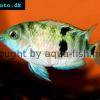 Honduran
Honduran 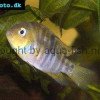 Blue-eye
Blue-eye 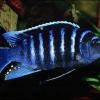 Afra
Afra 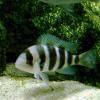 Frontosa
Frontosa 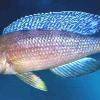 Slender
Slender 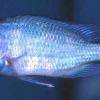 Malawi
Malawi 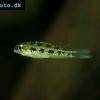 Chequerboard
Chequerboard 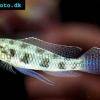 Checkerboard
Checkerboard 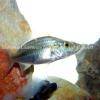 Malawi
Malawi 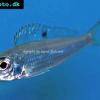 Ectodus
Ectodus 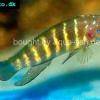 Tanganyika
Tanganyika 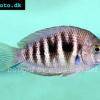 Canara
Canara 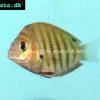 Green
Green 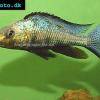 Rostratus
Rostratus 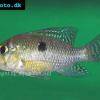 Pearl
Pearl 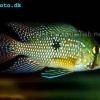 Geophagus
Geophagus 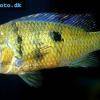 Yellowhump
Yellowhump 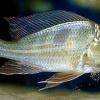 Suriname
Suriname 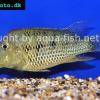 Redhump
Redhump 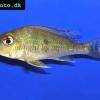 Red
Red 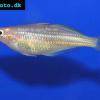 Dority’s
Dority’s 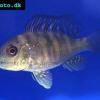 Argentine
Argentine 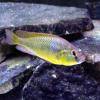 Burton’s
Burton’s 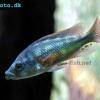 Victoria
Victoria 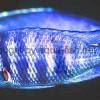 Haplochromis
Haplochromis 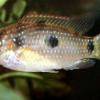 Jewel
Jewel 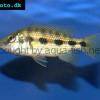 Banded
Banded 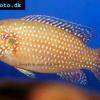 Lifalili
Lifalili 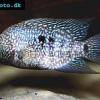 Lowland
Lowland 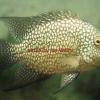 Texas
Texas 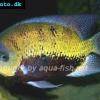 Pantano
Pantano 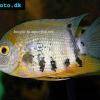 Severum
Severum 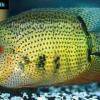 Banded
Banded 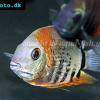 Severum
Severum 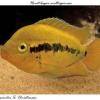 Rainbow
Rainbow 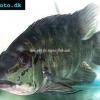 Parrot
Parrot 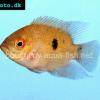 Chocolate
Chocolate 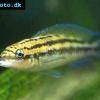 Brown
Brown 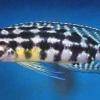 Marlieri
Marlieri 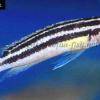 Golden
Golden 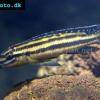 Striped
Striped 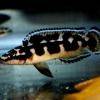 Masked
Masked 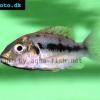 Konye
Konye 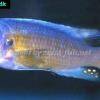 Blue
Blue 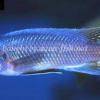 Trewavas
Trewavas 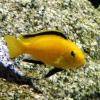 Electric
Electric 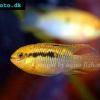 Dwarf
Dwarf 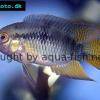 Redbreast
Redbreast 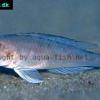 Lamprologus
Lamprologus 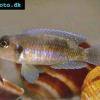 Gold
Gold 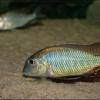 Greenface
Greenface 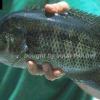 Mayan
Mayan 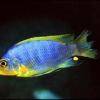 Aurora
Aurora 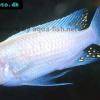 Blue
Blue 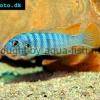 William’s
William’s 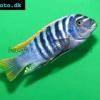 Zebra
Zebra 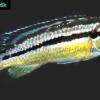 Malawi
Malawi 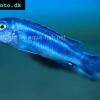 Blue
Blue 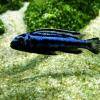 Blue
Blue 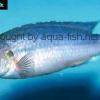 Mbuna
Mbuna 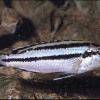 Parallel
Parallel 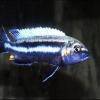 Purple
Purple 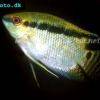 Flag
Flag 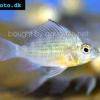 Bolivian
Bolivian 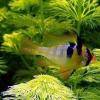 Ram
Ram 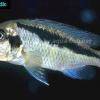 Basket
Basket 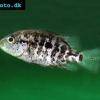 Haitian
Haitian 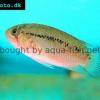 Zebra
Zebra 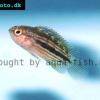 Striped
Striped 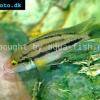 Neolamprologus
Neolamprologus 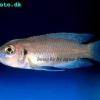 Brevis
Brevis 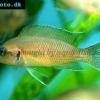 Fairy
Fairy 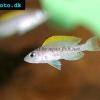 Neolamprologus
Neolamprologus 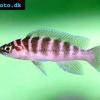 Cylindricus
Cylindricus 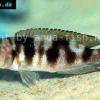 Hecq’s
Hecq’s 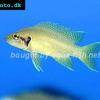 Neolamprologus
Neolamprologus 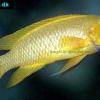 Lemon
Lemon 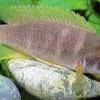 Mustax
Mustax 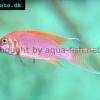 Daffodil
Daffodil 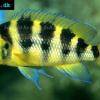 Six-bar
Six-bar 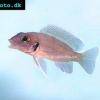 Five-bar
Five-bar 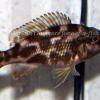 Marbled
Marbled 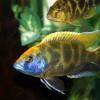 Giraffe
Giraffe 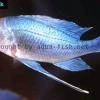 Blue
Blue 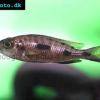 Sulphurhead
Sulphurhead 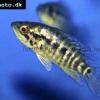 Wolf
Wolf 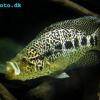 Jaguar
Jaguar 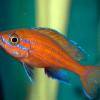 Blue
Blue 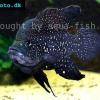 Marakeli
Marakeli 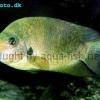 Madagascar
Madagascar 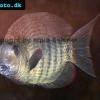 Pinstripe
Pinstripe 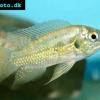 Pelmatochromis
Pelmatochromis 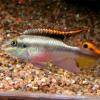 Kribensis
Kribensis 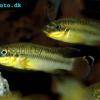 Striped
Striped 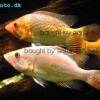 Red
Red 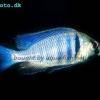 Deepwater
Deepwater 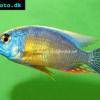 Fenestratus
Fenestratus 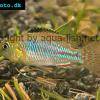 Nichols’
Nichols’ 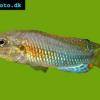 Southern
Southern 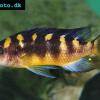 Bumble
Bumble 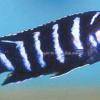 Demason’s
Demason’s 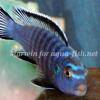 Slender
Slender 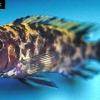 Red
Red 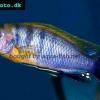 Mbuna
Mbuna 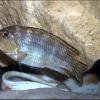 Malawi
Malawi 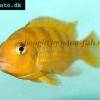 Kenyi
Kenyi 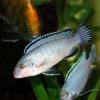 Powder
Powder 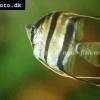 Altum
Altum 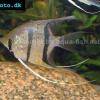 Angelfish
Angelfish 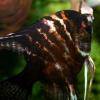 Angelfish
Angelfish 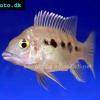 East
East 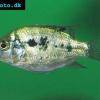 Juba
Juba 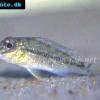 Earth
Earth 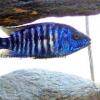 Electric
Electric 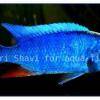 Azure
Azure 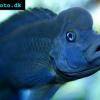 Lionhead
Lionhead 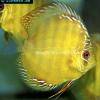 Discus
Discus 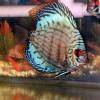 Blue
Blue 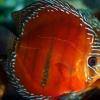 Red
Red 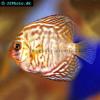 Zebra
Zebra 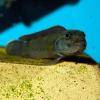 Brichard’s
Brichard’s 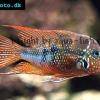 Blue
Blue 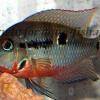 Firemouth
Firemouth 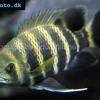 Zebra
Zebra 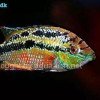 Yellow
Yellow 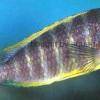 Blue
Blue 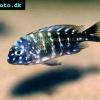 Dwarf
Dwarf  Blunthead
Blunthead 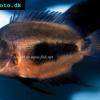 The
The 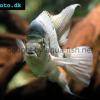 White
White 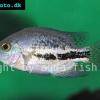 Twoband
Twoband 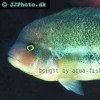 Fenestratus
Fenestratus 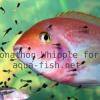 Window
Window 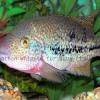 Tailbar
Tailbar 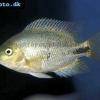 Black
Black 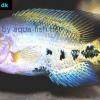 Redhead
Redhead 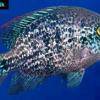 Oaxaca
Oaxaca 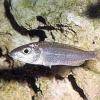 Xenotilapia
Xenotilapia